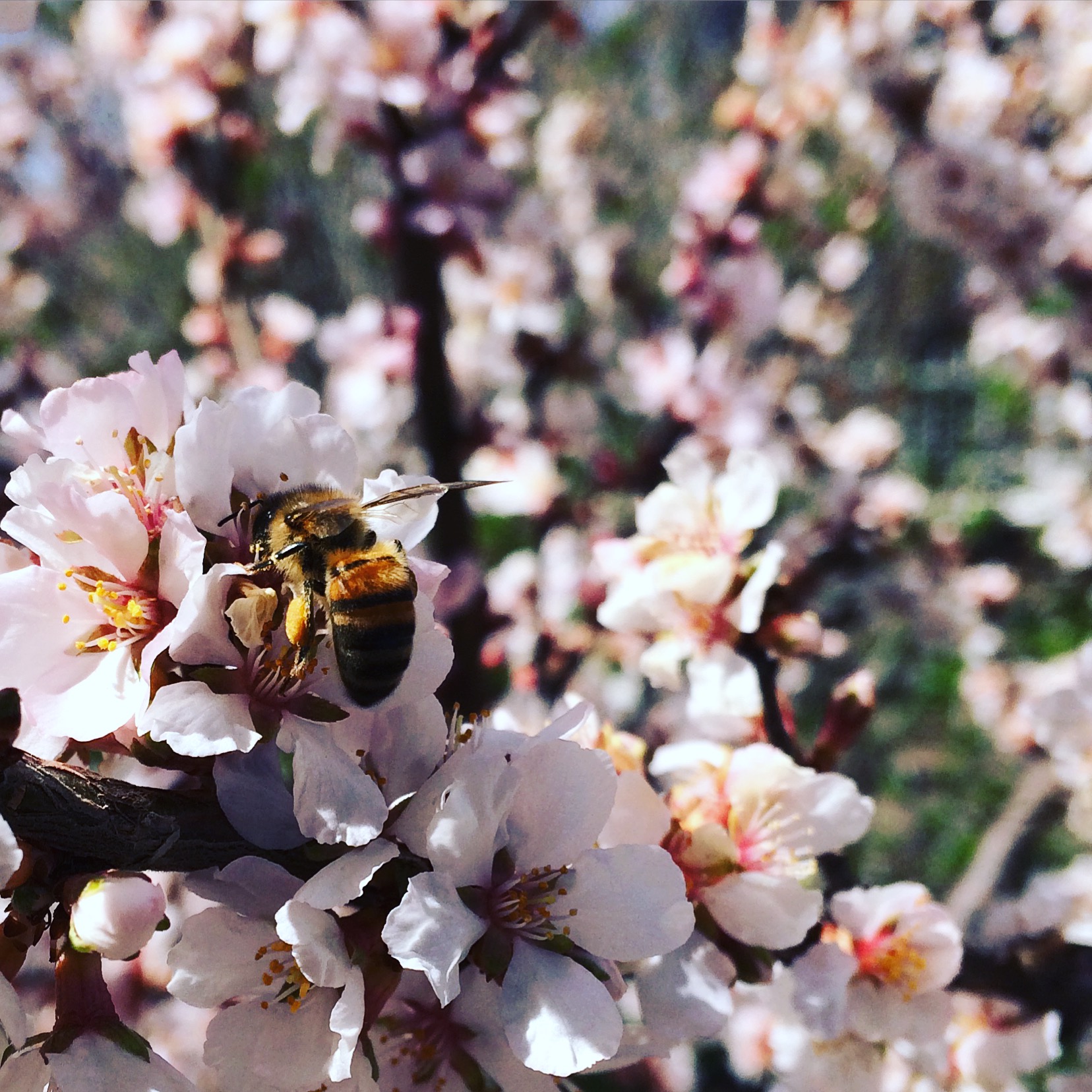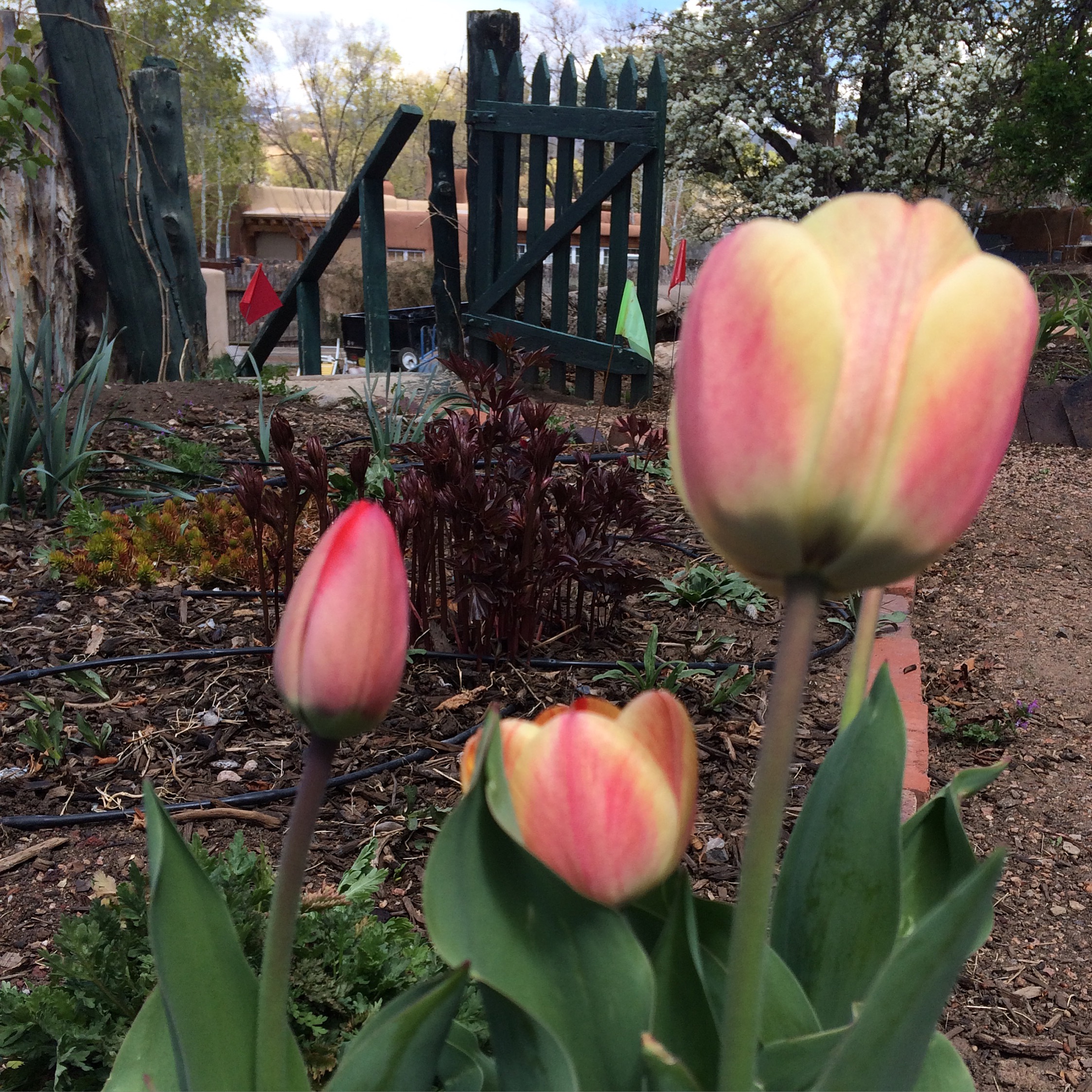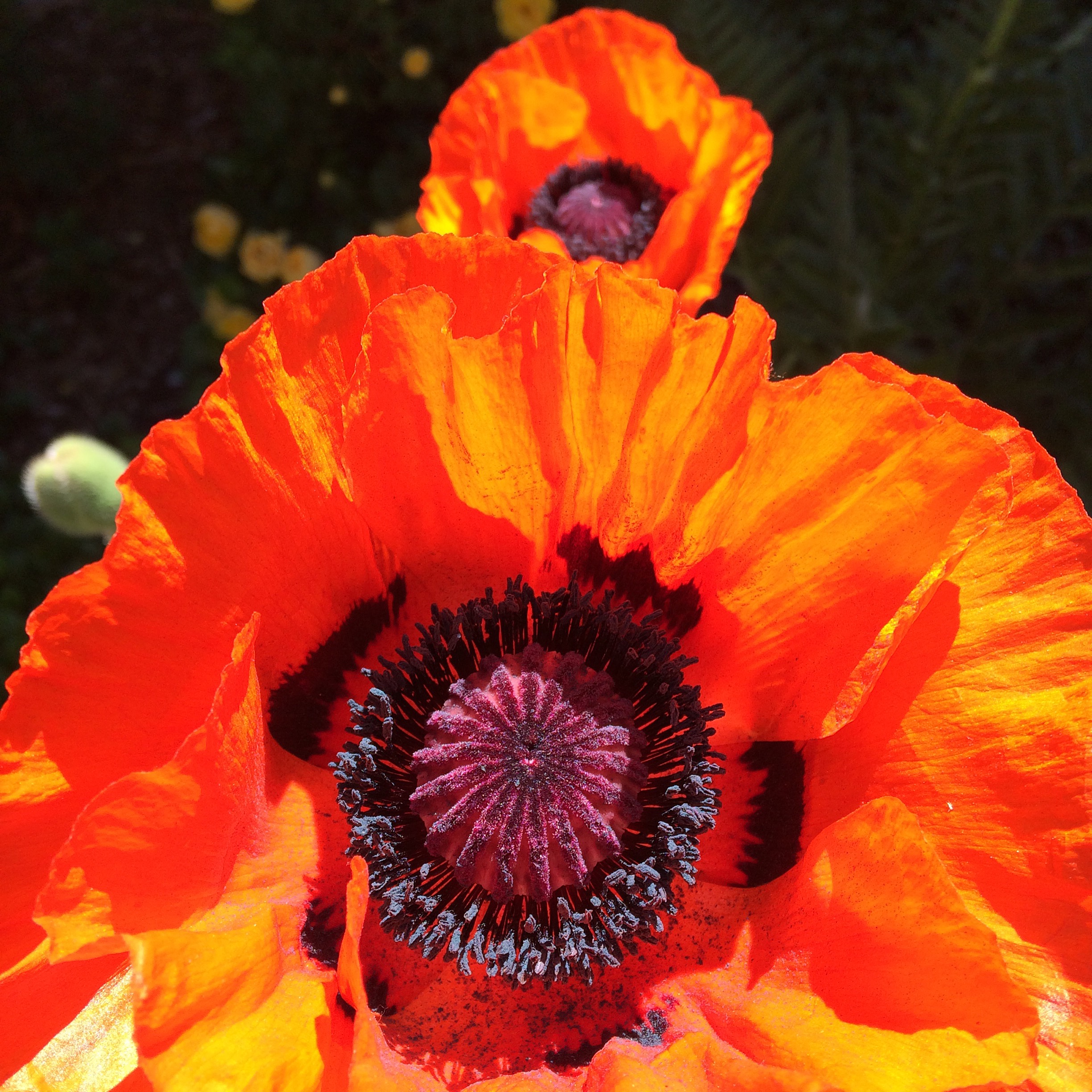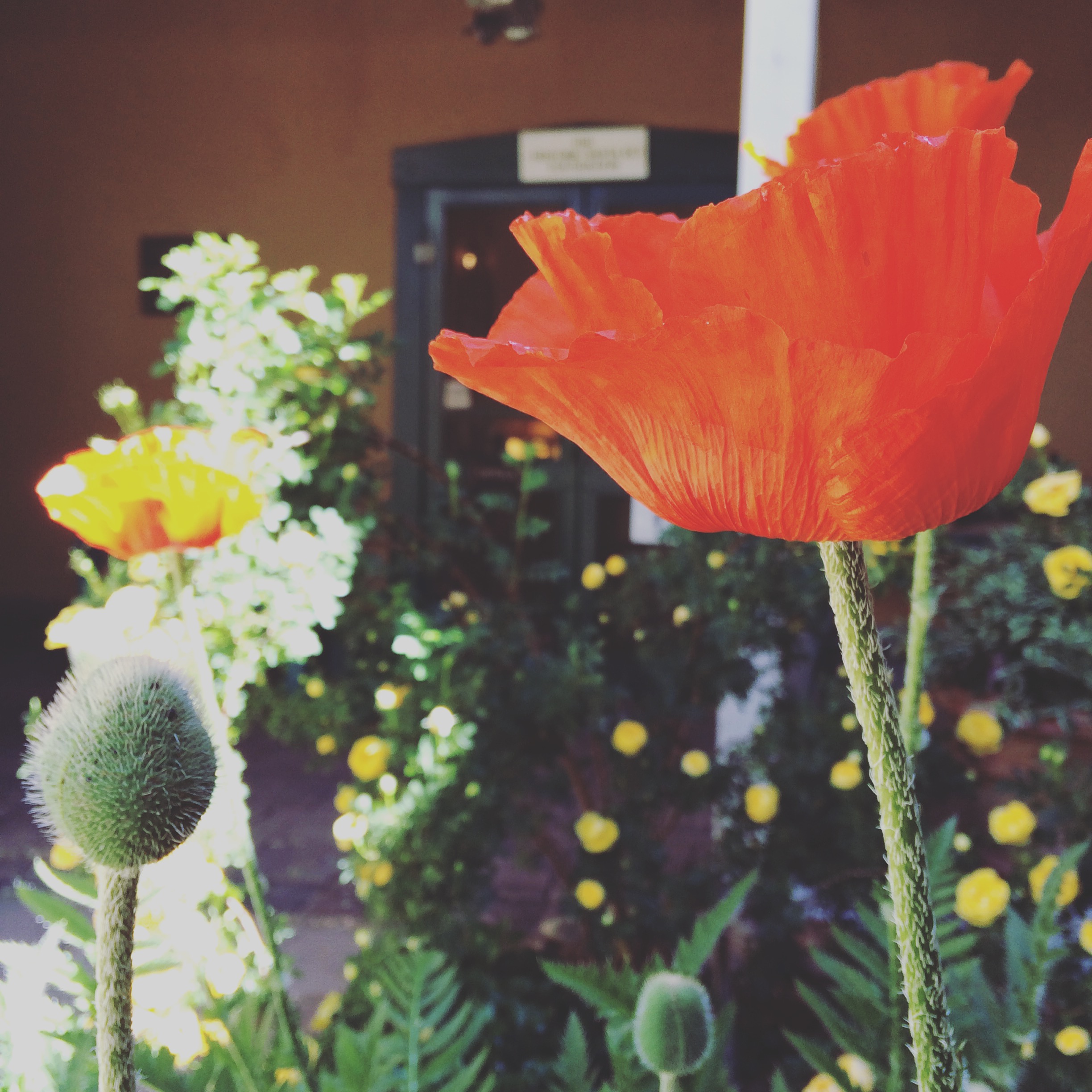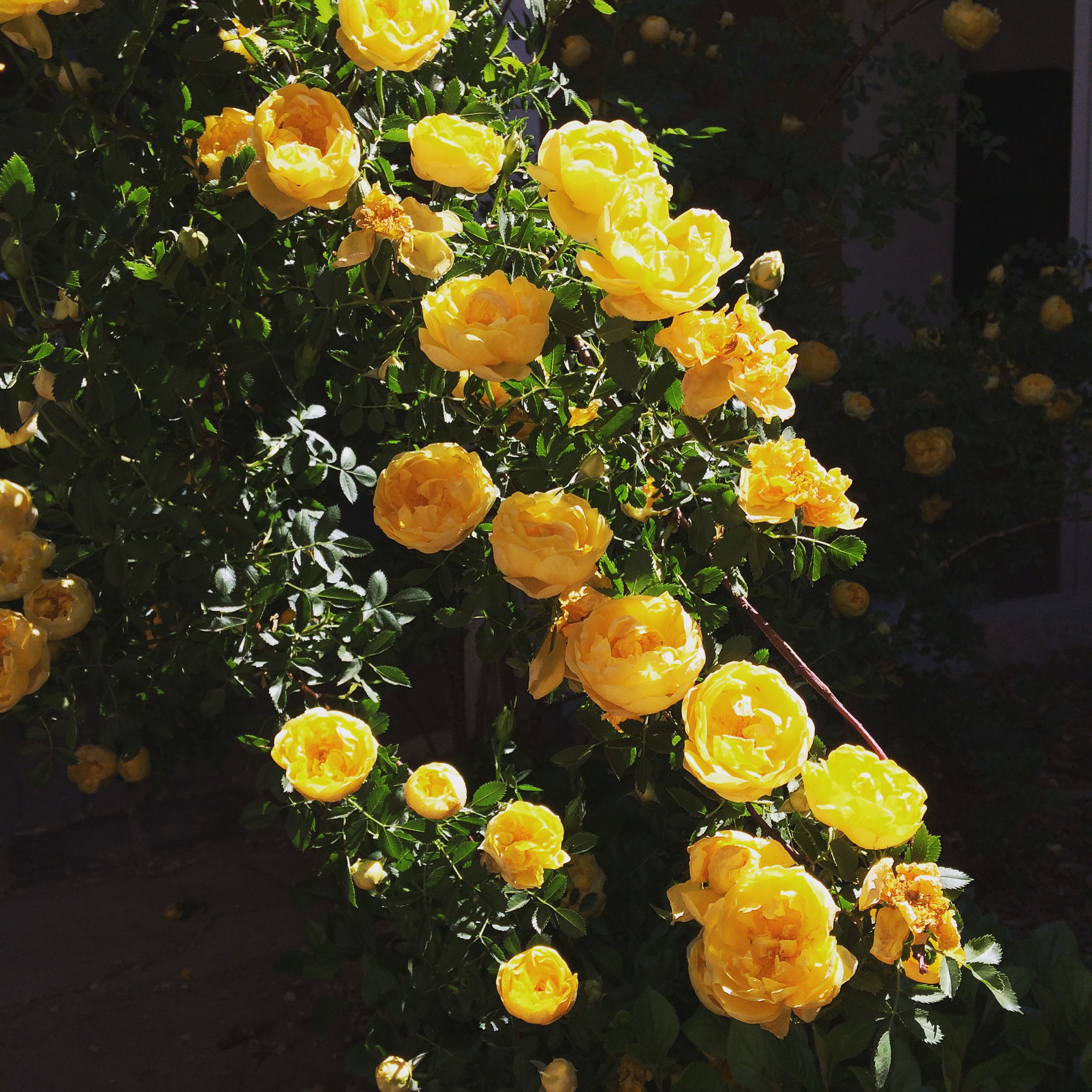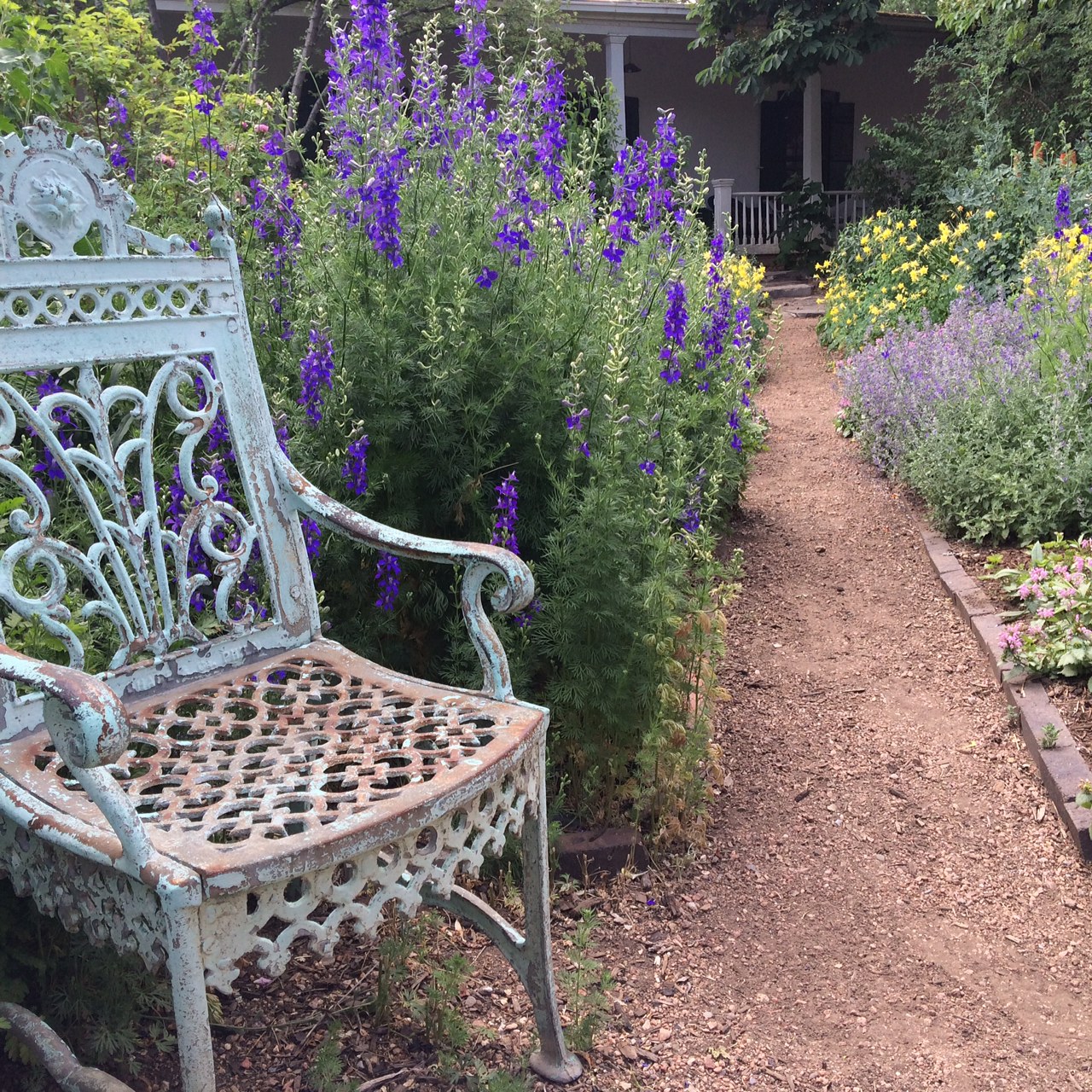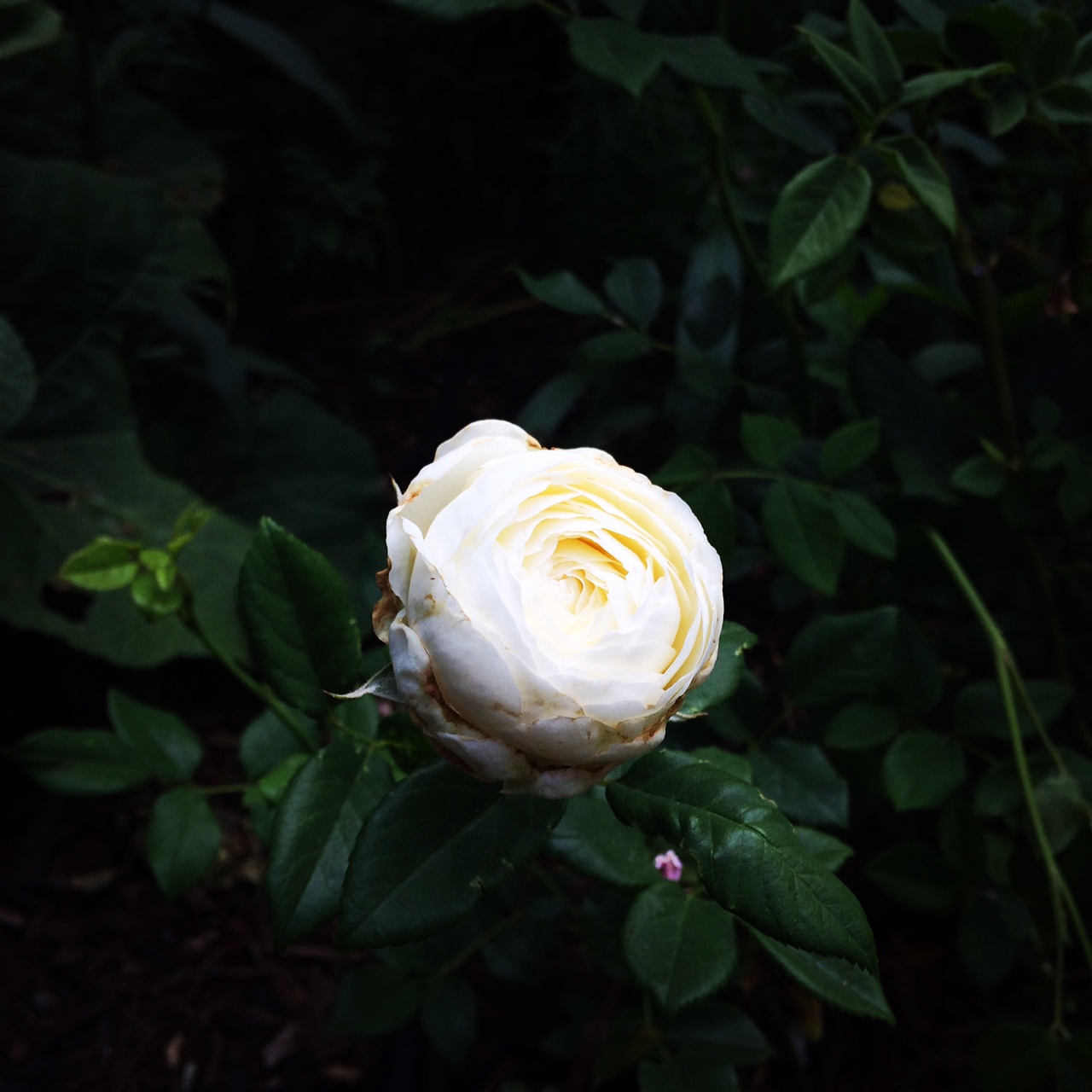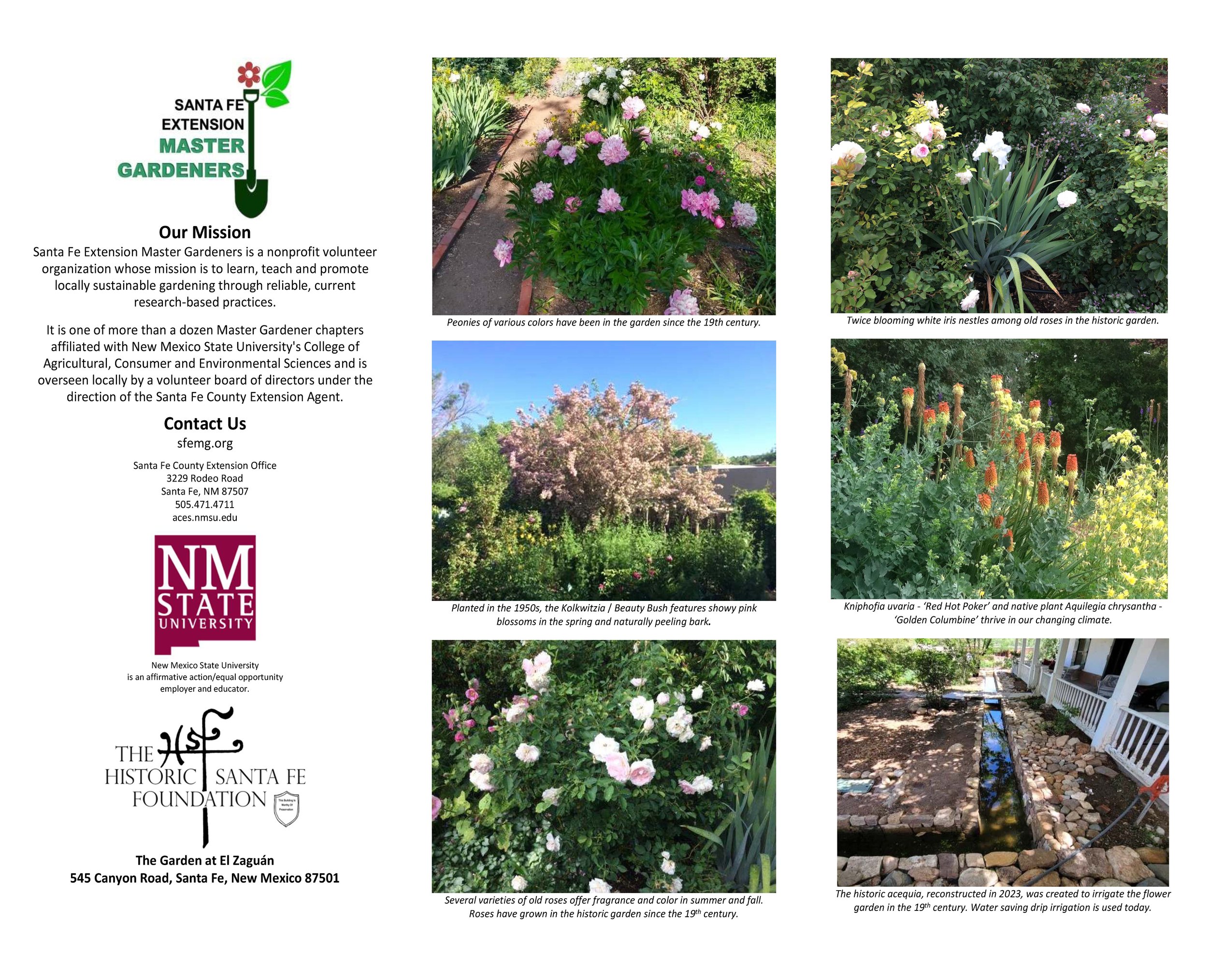This is an excerpt from the HSFF 2020 Members video filmed, edited and produced by Kyle Maier. Our gardener Linda Churchill and the Santa Fe Extension Master Gardeners maintain the space on an ongoing basis during this crisis, and it is in wonderful condition. The traditional lecture for Historic Santa Fe Foundation's 2020 Annual Garden Party and Members is not a lecture but a tour of the garden by Lissa Johnson from the Santa Fe Extension Master Gardeners, with history and information about some of the specific plants that are favorites.
Historic Santa Fe Foundation's
Garden at El Zaguán
Thanks to the Santa Fe Master Gardeners volunteers who keep the garden alive and vibrant in the heart of Santa Fe. Plants listed below are provided by the SFMGA (2024) and are shown by common name, bloom color and bloom start time.
Download the Santa Fe Master Gardeners Association (SFMGA) Brochure on El Zaguán, June 2023.
TREES, SHRUBS, & VINES
Alleghany Viburnum (white, spring)
Arctic Fire Dogwood (white, spring)
Beautybush (pink, late spring)
Butterfly Bush (purple and magenta, summer)
Chokecherry (white, spring)
Common Barberry (red and yellow, spring)
Currant Shrubs, Golden and Wax (yellow, white, early spring)
Eastern Redbud (pink, early spring)
Honeysuckle Shrub (orange, red, and yellow, late spring)
Horse Chestnut Tree (white, early summer)
Korean Spice Viburnum (white, spring)
Lilac (purple and white, spring)
Mock orange (white, late spring)
Nanking Cherry (white to pale pink, early spring)
Oregon Grape Mahonia (yellow, spring)
Piñon (evergreen, year round)
Potentilla/Cinquefoil (yellow, late spring to late summer)
Red Twig Dogwood/Cornus (white in spring, red stems in winter)
Roses: Redleaf, Therese Bugnet, Pink Rugosa, Darcy Bussell, others (pink, red, and yellow, spring and fall)
Salt Cedar/Tamarisk (pink, spring and summer)
Silverlace Vine
PERENNIALS & ANNUALS
Agastache/hyssop (pink, summer and fall)
Anemone (pink, late summer and fall)
Annual Sunflower (yellow, summer)
Aster (purple, lavender, and pink, late summer)
Bearded Iris (various, late spring)
Blue flax (blue, summer)
Blue Plumbago (blue to purple, spring to late fall)
Bulbs: Alliums, Daffodils, Grape Hyacinths, Tulips (purple, yellow, and red, orange, early spring)
Campanula “Blue Waterfall” (blue, summer and fall)
Catmint (blue and purple, late spring, summer, and fall)
Columbine (yellow, spring to fall)
Daylily (pink, yellow, orange, and white, summer)
Deadnettle (lavender and pink, late spring and early summer)
Engelmann Daisy (yellow, spring and fall)
Evening Primrose (yellow, summer)
False Sunflower (copper and yellow, summer and fall)
Fame Flower (magenta, summer and fall)
Feverfew (yellow and white, summer and fall)
Gaura/Whirling Butterflies (white and pink, summer)
Geranium: several varieties (pink and purple, spring and summer)
Grape-leaved Anemone (pink, late summer and fall)
Golden Columbine (red and yellow, late spring and early summer)
Heuchera/Coral Bells “Wisely Pink” (pink, summer)
Hollyhock (white, red, and pink, summer)
Hyssop (purple, spring and summer)
Joe Pye Weed (pink-red, summer)
Knautia/Macedonian Scabious (burgundy red, summer and fall)
Lambs-Ear (purple, summer)
Larkspur (pink, purple, or blue, summer)
Lavender, several species (blue and purple, late spring and summer)
Maximilian Sunflower (yellow, fall)
Meadow Rue (yellow, spring)
Monch Blue Aster (blue, summer and fall)
Moonbeam Coreopsis (yellow, summer)
Muhly Grass “Pink Flamingo” (pink, fall)
Ornamental Sage, several varieties (blue, purple, and rose, summer)
Pearly Everlasting (white, summer to fall)
Peony (pink, white, and red, late spring and early summer)
Persian Cornflower (purple, late spring)
Poppy (red, pink, and orange, late spring)
Purple Coneflower (purple, summer and fall)
Red Hot Poker (orange, yellow, and red, summer)
Shasta Daisy (white and yellow, summer)
Sea Lavender (light purple, summer)
Scarlet Globemallow (orange-red, summer and fall)
Tickseed/Coreopsis “Moonbeam” (pale yellow, summer)
Thyme (pink, spring and summer)
Veronica/Speedwell (purple, spring and summer)
Vinca (purple, late spring and summer)
Violet (various, depends on variety)
Violet skullcap/Scutellaria (magenta, summer and fall)
Winecups (magenta, summer and fall)
Yarrow (yellow, summer and fall)
El Zaguán’s European Horse Chestnut Tree
By Ruthbeth Finerman
The horse chestnut is a deciduous flowering tree native to southeastern Europe. They can grow up to 75 feet tall and produce 12-inch long white or pink “petiole” flowers in spring. In fall it is covered in spiky green capsules or “fruit” that hold a brown nut-like seed or “conker”. Horse chestnuts (Aesculus hippocastanum) are named after the horseshoe shape of the leaves when they dry out. They are not related to chestnut trees (Catanea sativa), even though the leaves and fruits appear similar. Horse chestnut trees are at risk of extinction in Europe due to invasive insects, deforestation and climate change. Seeds from horse chestnuts were gathered in World War I and World War II to make acetone for cordite explosives. Medical researchers tested the tree but found it too toxic to provide any health benefits. Today, British children use the nuts for a game called “conkers”.
Of special note, the entire horse chestnut tree - including its bark, flowers, leaves, stems, and seeds - contains toxic alkaloids that are extremely poisonous if ingested by humans and animals!
El Zaguán had two horse chestnut trees, planted around 1880 by Maria Jesusita Johnson. One died in 2013 while the remaining tree is now over 140 years old, well past the species’ normal lifespan of 80-100 years. Moreover, half of the roots now extend beneath Canyon Road, where the street’s asphalt surface blocks water and nutrients from reaching and feeding the tree. Warming temperatures and drought conditions
further stress the tree, so it should be treasured in its remaining years.
For more information visit:
Morton Arboretum: https://mortonarb.org/plant-and-protect/trees-and-plants/horse-chestnut/
National Institutes of Health: https://www.nccih.nih.gov/health/horse-chestnut
Historic UK: https://www.historic-uk.com/CultureUK/Conkers/
Further Reading
Barcan, Deborah. “Bandelier Garden Restoration.” Victorian Homes, Winter 1993.
Cummings, Linda. Pollen Analysis of the Bandolier Garden At El Zaguan, Santa Fe, New Mexico. Historic Santa Fe Foundation, 1991.
Dietrich, Margretta. New Mexican Recollections. Vergara Print Company, 1961.
Lange, Charles and Carroll Riley. The Southwestern Journals of Adolph F. Bandelier 1880-1882. University of New Mexico Press, 1966.
Archeology at the Bandelier Garden by Judy Reed (1996) explores how archeology was used to uncover the history of El Zaguán’s garden and devise a plan for its preservation. Click the cover to view.
The Garden at El Zaguán brochure provides a brief background on the garden and its plants. Click the cover to view.

